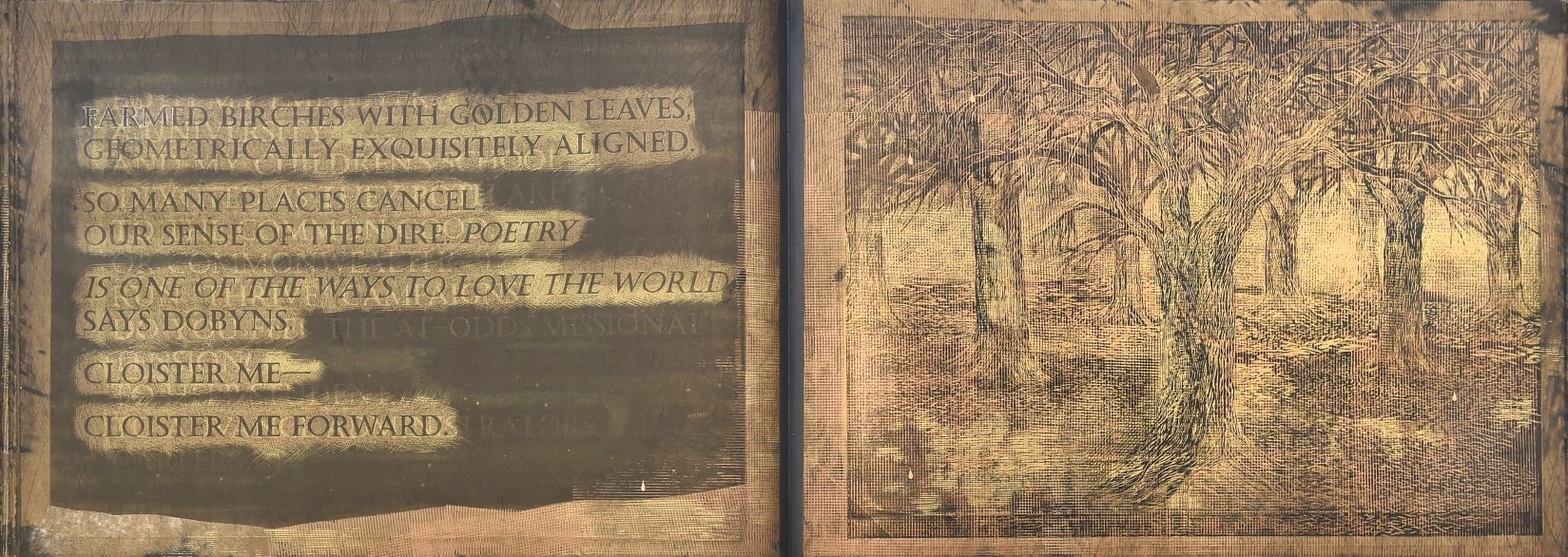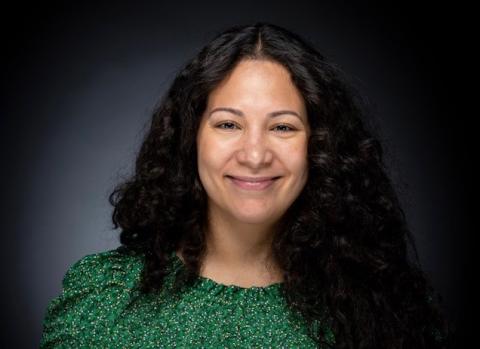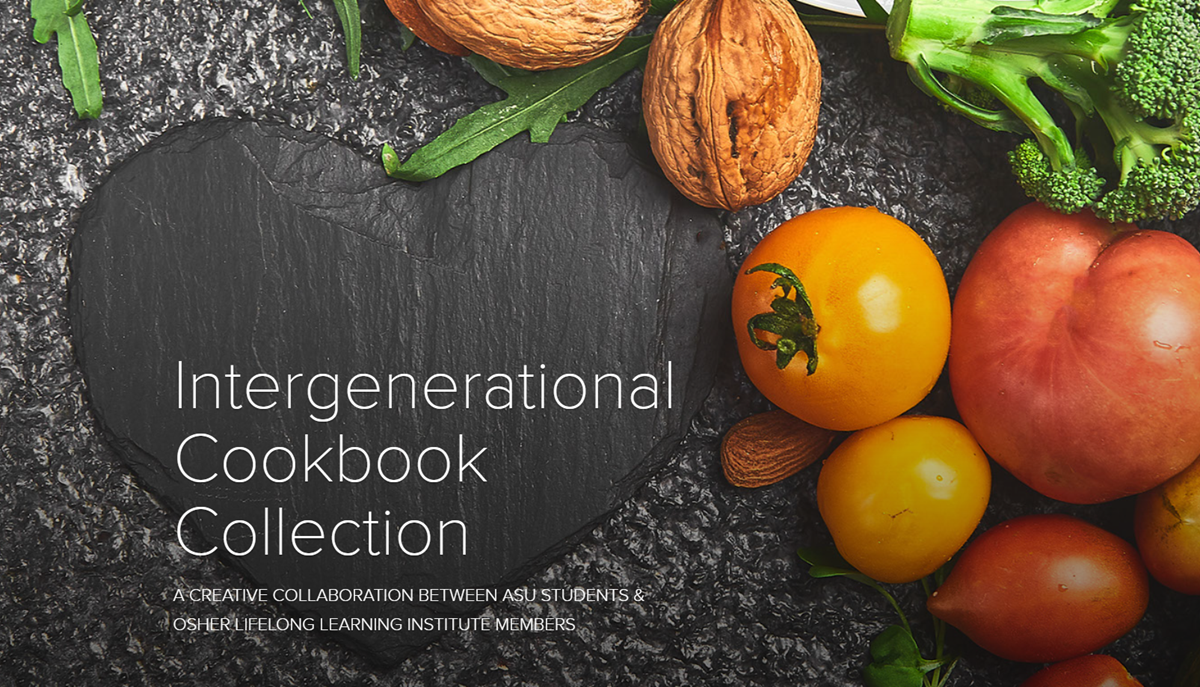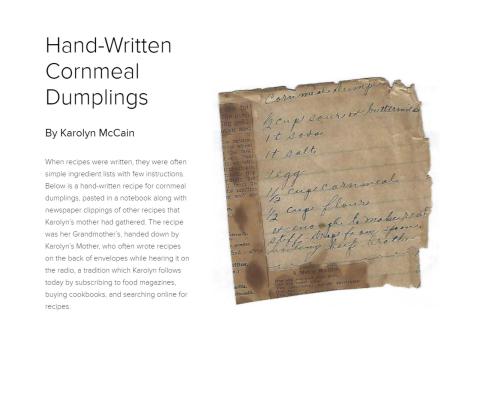Food is where the heart is
An intergenerational recipe anthology
Food is where the heart is.
I know I am getting that saying wrong, but I find myself using it a lot because I think food brings people together—which then forms lasting memories.
My Babička (great-great grandma in Czech) lived in what was called Bohemia before 1918. It’s on the Eastern border of Czechoslovakia. My mother’s side of the family immigrated to the U.S. around that time, and with them they brought traditions.
Some traditions have been forgotten over the years, but my Babička’s Bohemian recipes have lived on, passed down from mother to daughter. My Gramma wanted to ensure that her grandmother’s recipes were never forgotten, so she put those recipes to paper. The recipe cards are worn and weathered now, but each stain and crease just means more hands have flipped through the cards before making a home-cooked meal.
I never had the opportunity to meet my Babička or Gramma before they passed, but I feel close to them every Christmas. One tradition that has continued with my mom and me is to bake Bohemian Christmas cookies called kolacky in December every year. While the recipe has changed slightly, for example, my mother has added the step to include vanilla ice cream in the dough, that feeling of family is still there every time we press our thumbs to the dough to get that perfect divot for the jelly, or when I get that first whiff of freshly baked apricot kolacky—my personal favorite. That is when my heart feels at home.
Food also brought together students from the Department of English and members of the Osher Lifelong Learning Institute (OLLI) at ASU in spring 2022. A free, six-week intergenerational creative writing workshop centered around food and heritage was led by Katherine Santana Brickey, a master’s in English online student who graduated in fall 2022, and Kevin Sandler, associate professor in film and media studies in the ASU English department. At the end of the six-week workshop, Santana Brickey compiled the recipes and stories into a book titled “Intergenerational Recipes: An Anthology Cookbook.”
“How many of us can remember a time as children or adolescents around the kitchen counter helping our mothers, grandmothers, even grandfathers, prepare a meal for us?” Santana Brickey wrote in an advertisement for the project. “Inevitably the conversation would go from family recipes to family stories and life-learned lessons. Moments like these, between generations, are important. They build impactful conversations; they help us recognize and appreciate similarities and differences and build generational bridges.”
So, how did it all start?
Santana Brickey applied for a scholarship through OLLI, knowing she wanted to do something involving intergenerational learning. “I initially wanted to do something where I was soliciting elders in the community to read to elementary school students,” she began. “I reached out to someone in OLLI and was connected with Dr. Sandler to finalize my ideas.”
Since Sandler is a senior fellow through Osher and a professor at ASU, he was happy to take on a role in the project. “Osher creates opportunities outside the classroom space that allow for intergenerational activities, like this project, and study abroad or weekend trips,” Sandler explained. There are 125 university-affiliated Osher Institutes, from Maine to Hawaii. As a fellow, Sandler teaches film classes through the organization, like classes focusing on the Hollywood Renaissance era of 1967-1976. But this project took his interests in a much different direction.
Sandler’s own family has an intergenerational cookbook that’s passed around, circulating among in-laws and grandchildren. He appreciated Santana Brickey’s interest in family connections and in acknowledging and celebrating all ages.
“Once the project got going, Katherine was in charge of managing all the various people and the cookbook itself," Sandler said. "My job was all front-end, ensuring that it was a project that was feasible and attracted enough people to make it doable. It was important to ensure that this was something that could be valuable to both sides, and then it was up to her to make the magic happen. The ideas, writing and editing were all from the people in each of the groups involved in the project.”
“I found out I needed to pivot my initial plans,” explained Santana Brickey. “And since I love creative writing for its mental and physical benefits, I knew I needed to come up with something that focused on that and food. I mean, who doesn't love food?” she said chuckling before continuing. “So, we came up with a workshop where one OLLI member and one ASU student, preferably online since utilizing online is easier now than years ago, connected and discussed recipes they had growing up.” She continued, “I heard feedback from all participants after the project and all commented that it was really good to connect on a deeper level, especially after the last two years of quarantining.”
Santana Brickey had so many wonderful experiences throughout the project. One specific instance that stood out to her was at the beginning when she served as more of an observer. “During the first meeting of an OLLI member and ASU student, I wanted to be there to see how it went and help build rapport between the two if needed. The OLLI member on the call lives in Arizona but grew up in the Bronx, and so did I, but our lives were very different,” she reflected. “The OLLI member is in her 80s, so she talked about how the Bronx looked back then. It is a lot different now but it reminded me that no matter what walk of life you come from, you can always find common ground or similarities between another person. She even showed pictures of her elementary school and it was really great to see how it looked then versus now.”
All in all, the project was a huge success with a lot of great stories and tasty food to come out of it. “She [Santana Brickey] is one of our success stories,” began Sandler. “The opportunities that she utilized in this program shows that online learning can be used in different environments. She is working across generations with OLLI at ASU to produce a piece of work that can one day be circulated all through an online platform. And she had the initiative to do it; we just helped her realize it.”
“Having mentors like Dr. Sandler and Dr. Kathleen Hicks was fantastic!” Santana Brickey enthused. “Even though I am miles from campus, I was still able to network with ASU faculty. I am just highly impressed with my experience at ASU. The English Department, the film area within the department, and OLLI were all fantastic. Since I was online, I wasn’t expecting much, but being able to do this project as an online student was a wonderful experience. I highly recommend ASU Online.
“I also enjoyed being able to create something that folks from different generations could connect with. That is something that is missing nowadays, connecting with elders in the community and just hearing stories about their childhood and life. I also really enjoyed the opportunity to coordinate and focus on the logistical part of the project. I had to use Canva to create the final project—the cookbook—and learning those skills was really beneficial.”
I personally don’t think this article would be complete without finding out which recipe the two involved most in this project enjoy making the most. Santana Brickey’s choice was classic. “My go-to meal is traditional rice, beans, steak and chicken from my Mexican heritage. Currently I have only made my own recipe from the cookbook,” she said, “but I wanted to try the recipe in the cookbook that included a backstory of the women making food for the males in their family because they worked in a mine. The women would prepare the food and take it to the miners on their lunch break,” she laughed. “The way she described the food makes me want to make them and eat the whole batch.”
While he doesn’t have a recipe in the cookbook, Sandler enjoys making Sesame Dijon Tofu. “I learned to cook it when I was a maître d' at a vegan restaurant in my 20s in Michigan. I also cook a lot of Italian food because I am Italian. Beyond the traditional Italian foods, one of my favorites to make is avocado and roasted beet crostini.”
Let’s just say, my mouth is watering as I type.
It doesn’t appear this project is done quite yet though. Sandler and Santana Brickey are both looking into an opportunity to livestream the cooking of the dishes from the cookbook. More deliciousness to come!
Image 1: Courtesy photo of the author Kira Assad's Christmas kolacky treats.
Video: Courtesy video of Assad making divots for jelly in kolacky.
Image 2: Courtesy photo of Katherine Santana Brickey.
Image 3: Cover of the Intergenerational Cookbook.
Image 4: Courtesy photo of a recipe narrative and image from the cookbook.




